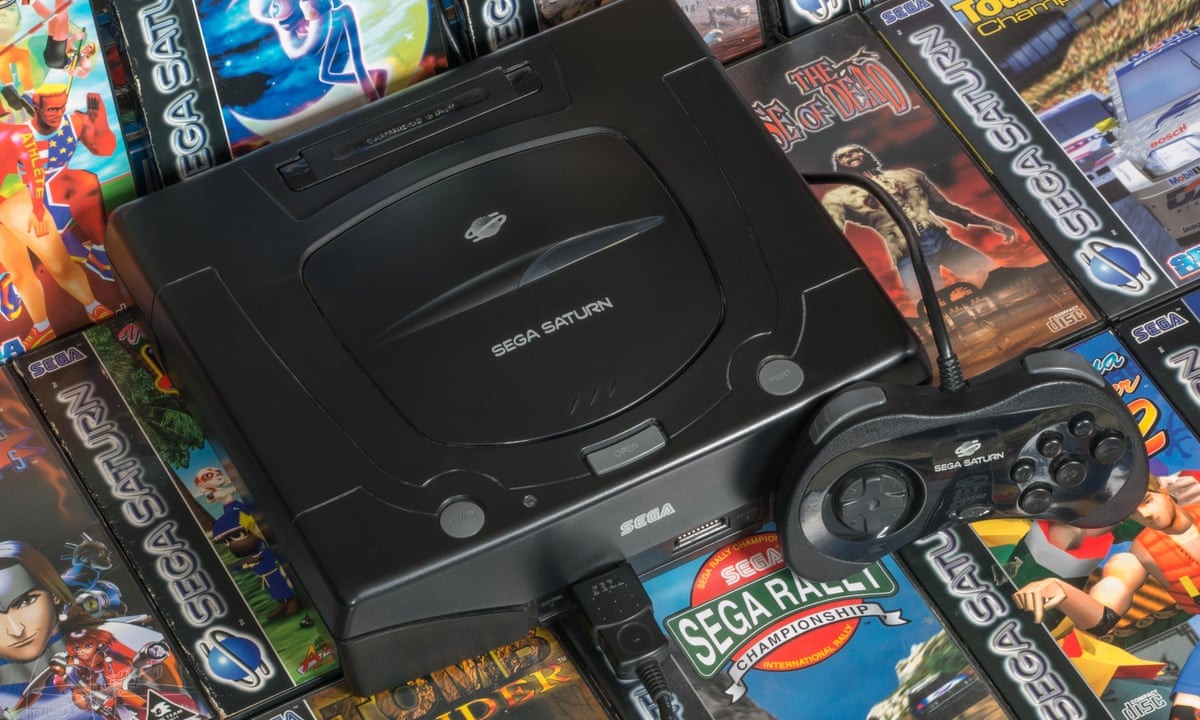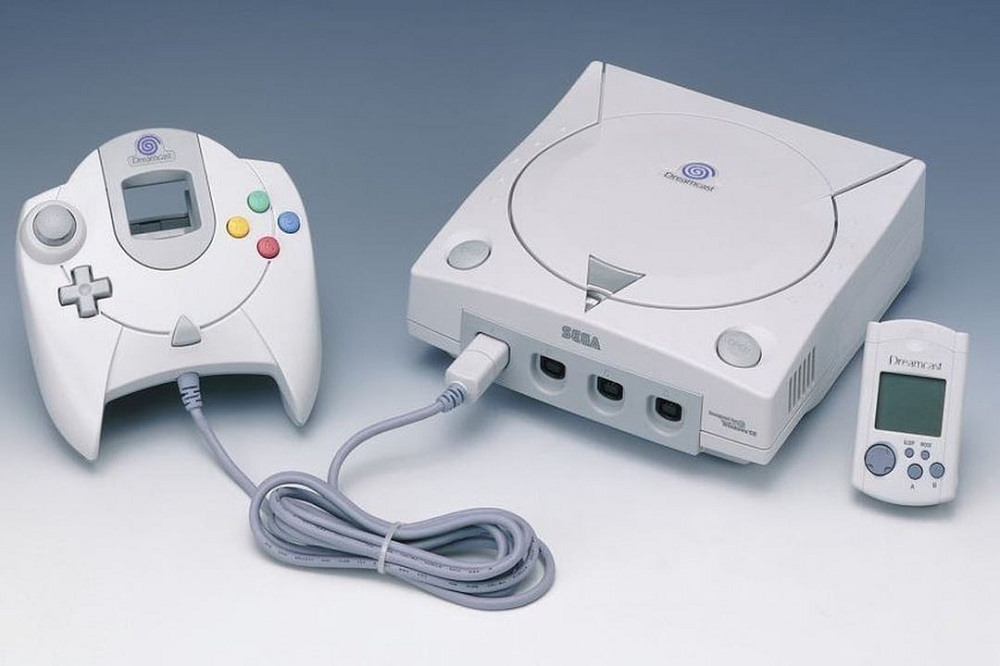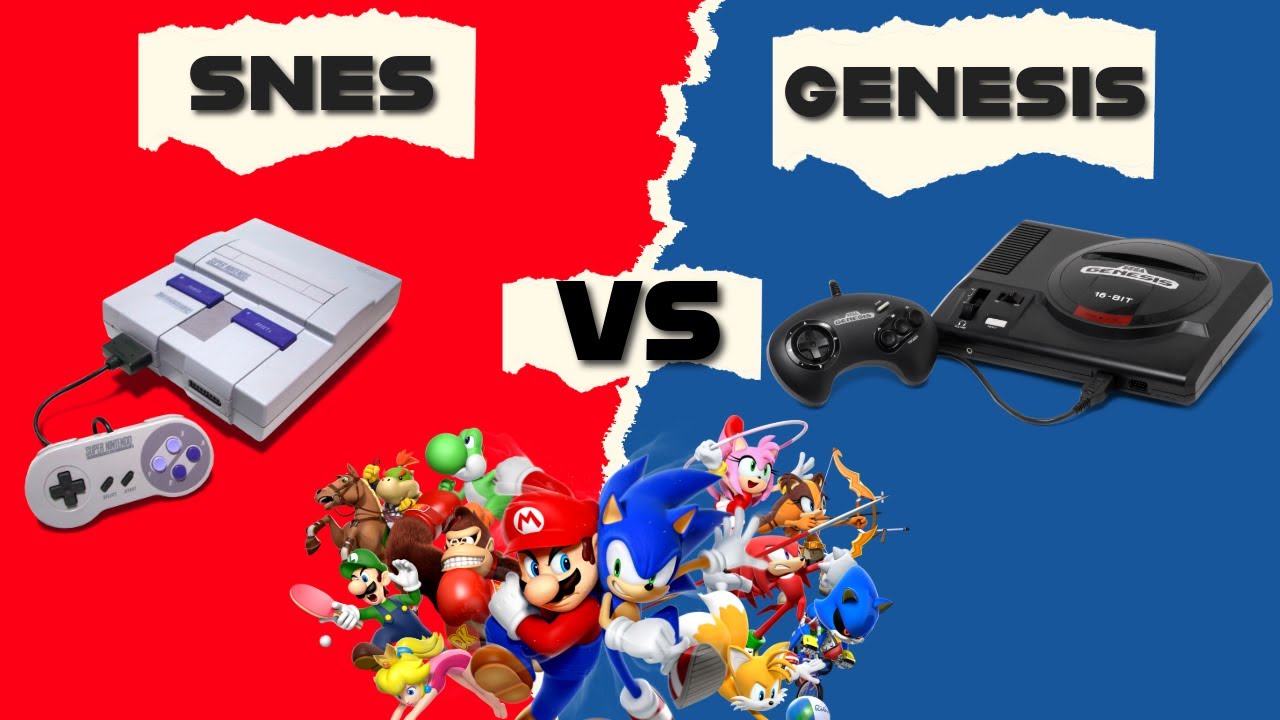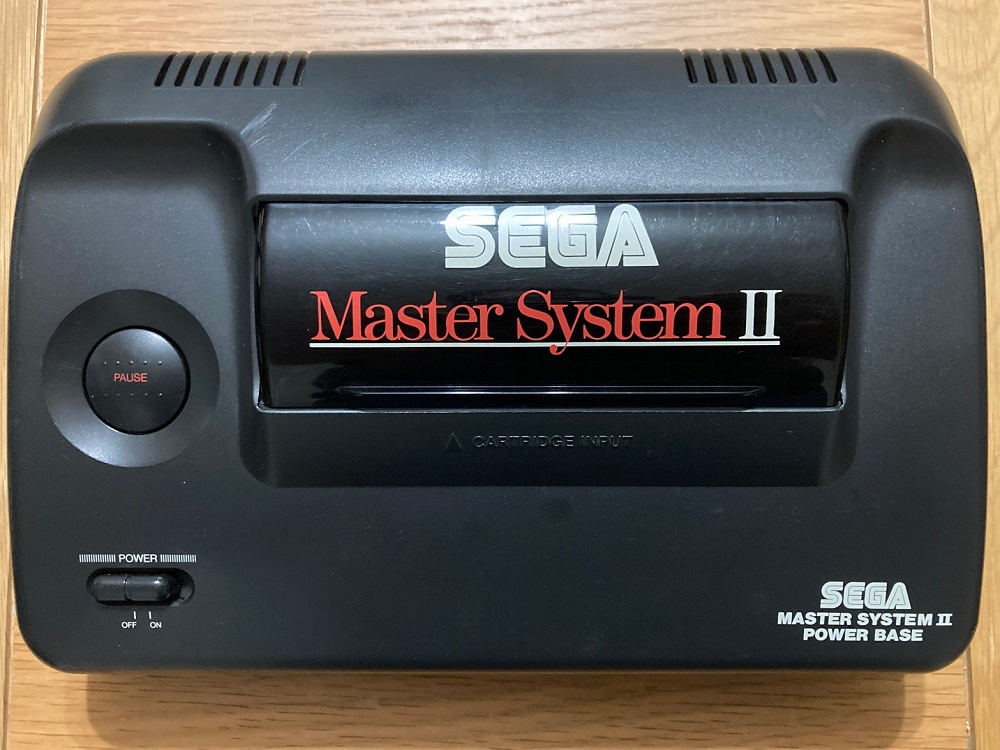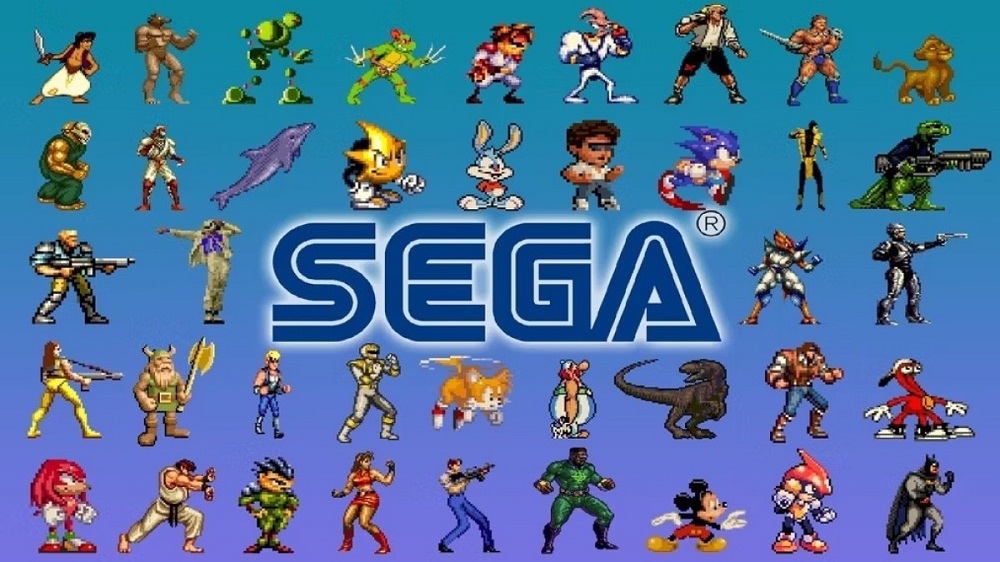The Sega Saturn, released in 1994 in Japan and 1995 in North America, was supposed to cement Sega’s dominance after the Genesis. Instead, it became one of the company’s most infamous missteps.
Despite boasting advanced hardware and a library of strong 2D titles, the Saturn struggled against Sony’s PlayStation and Nintendo’s upcoming N64. For many, it became a symbol of missed opportunities and industry shifts.
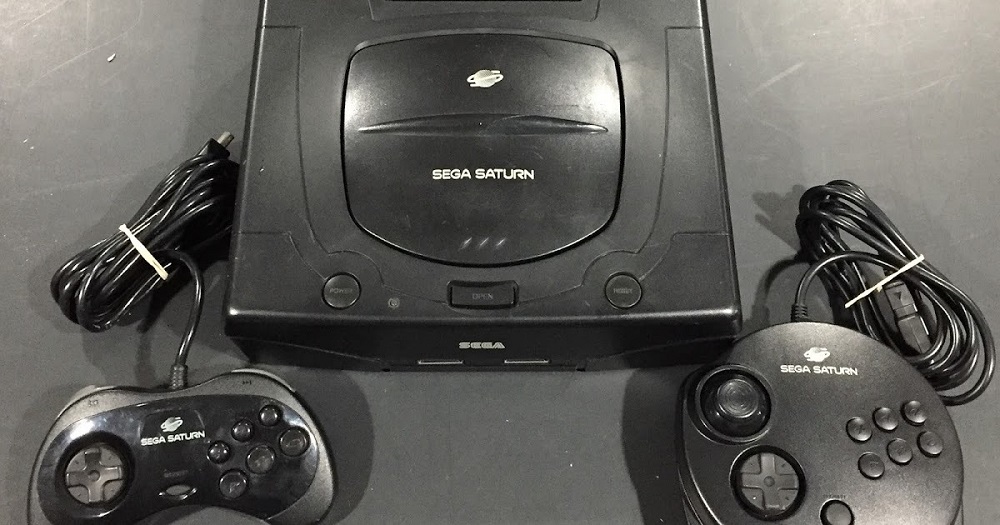
This article from Oldies Nest revisits the Saturn’s story: its innovations, flaws, and the reasons it stumbled — but also why it still matters to retro enthusiasts today.
Sega Riding High After Genesis
In the early 1990s, Sega was at its peak. The Genesis/Mega Drive had given Nintendo serious competition, as we explored in Sega Genesis vs. SNES console war. Sega was the “cool” brand, with Sonic, edgy marketing, and arcade ports that captured teenage audiences.
The natural next step was to transition into the new era of 3D gaming. Unfortunately, that step turned into a stumble.
The Saturn’s Hardware – Powerful but Overcomplicated
On paper, the Saturn was a powerhouse:
- Dual CPUs and multiple processors for graphics and sound.
- Excellent 2D sprite-handling, perfect for arcade ports.
- CD-ROM format, aligning with the industry’s shift away from cartridges.
But this design had problems:
- The dual-CPU setup made development extremely difficult.
- While brilliant at 2D, the Saturn struggled with 3D, the new frontier of gaming.
- Developers preferred the PlayStation’s simpler architecture.
In the race for 3D dominance, Sega bet on complexity — and lost.
A Troubled Launch
The Saturn’s launch in North America is legendary for its mistakes. Originally scheduled for September 1995, Sega rushed the release to May to get ahead of Sony.
- Retailers were caught off guard, leading to supply issues.
- Developers had little time to prepare launch titles.
- Sony stole the show with its E3 announcement: “$299,” undercutting Sega’s $399 price.
This single moment cemented the PlayStation’s momentum. Sega, once the aggressor, suddenly looked disorganized.
The Game Library – Gems Hidden in a Struggle
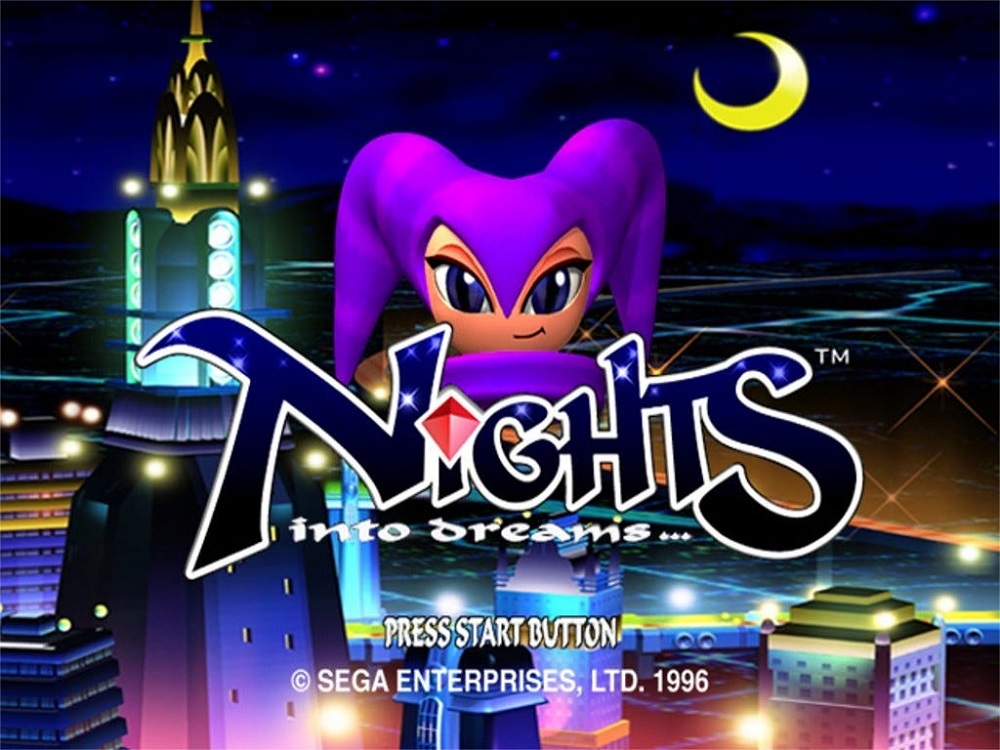
Despite its flaws, the Saturn had a respectable library, especially for fans of Japanese games:
- Nights into Dreams – a whimsical, innovative 3D platformer.
- Virtua Fighter 2 – the definitive 3D fighter of its time.
- Panzer Dragoon Saga – a cult RPG, now a collector’s treasure.
- Shining Force III – tactical brilliance.
- Radiant Silvergun – a legendary shoot-’em-up.
The problem? Many of the Saturn’s best titles stayed in Japan, while Western markets saw a thinner lineup compared to PlayStation’s third-party flood.
Marketing Missteps
Marketing played a huge role in the Saturn’s struggles:
- Confusing Messaging: Sega juggled multiple add-ons (Genesis, Sega CD, 32X), leaving consumers hesitant.
- Price: At $399, it was significantly more expensive than the PlayStation.
- Target Audience: Ads lacked the punch and clarity of the Genesis era.
By 1996, Sony was the new face of gaming cool, while Sega looked out of touch.
Competition Heats Up
The mid-90s was a brutal battlefield:
- Sony PlayStation: Affordable, developer-friendly, and backed by third-party juggernauts like Square and Namco.
- Nintendo 64: Late to market but boosted by Super Mario 64, which redefined 3D gaming.
The Saturn’s strength in 2D arcade ports couldn’t keep up with the industry’s shift toward expansive 3D experiences.
Collector’s Appeal in 2025
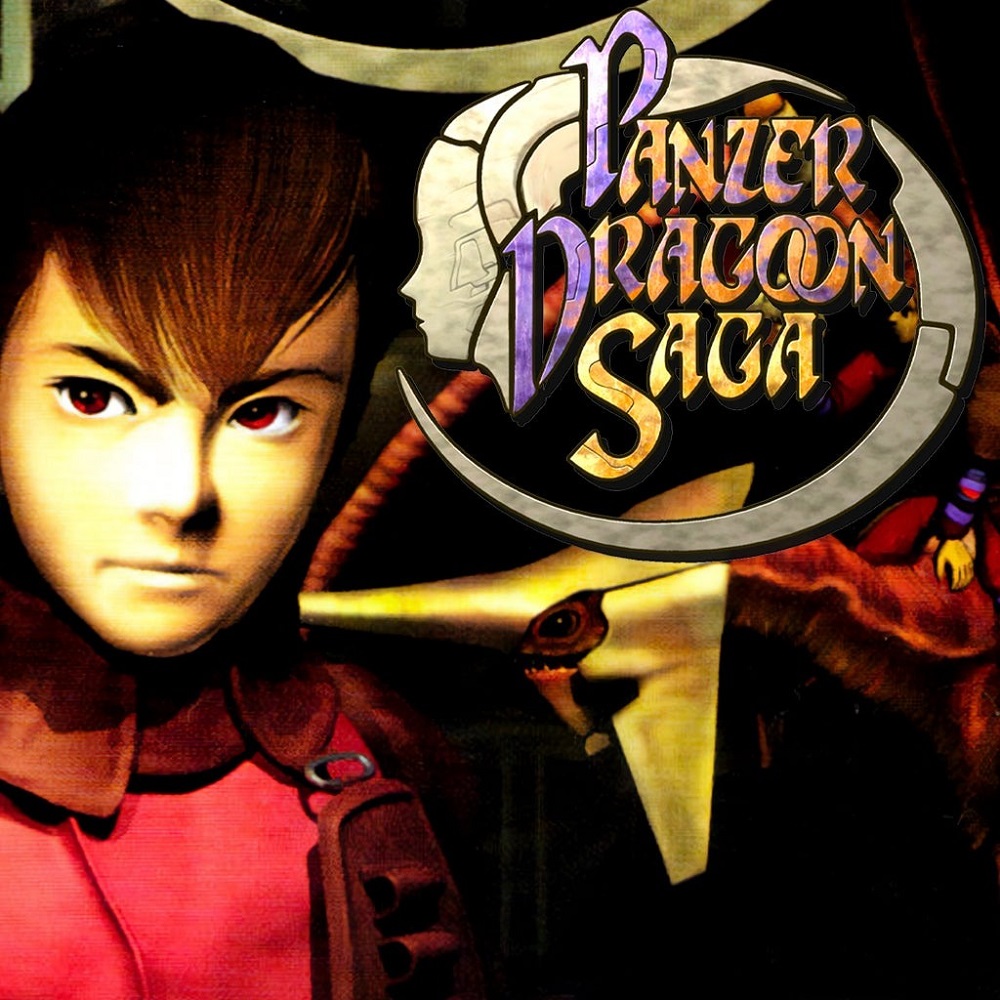
Today, the Saturn enjoys cult status among collectors. Its rarity and niche library make it appealing:
- Panzer Dragoon Saga sells for hundreds, sometimes thousands.
- Japanese imports like Guardian Heroes and Shining Force III attract hardcore fans.
- Enthusiasts value the Saturn for its arcade-perfect 2D titles, which still hold up beautifully.
Like the Dreamcast, the Saturn’s failure gave it a mystique that fuels collector interest.
Lessons from the Saturn
The Saturn’s story offers timeless lessons:
- Simplicity Matters: Complex hardware alienates developers.
- Timing Is Critical: Rushed launches can backfire.
- Market Focus Wins: Sega’s divided attention hurt consumer trust.
Ironically, Sega learned too late. By the time it released the Dreamcast, PlayStation 2 was on the horizon — and Sega’s console era was over. (See PlayStation 2: The Best-Selling Console of All Time).
Why the Saturn Still Matters
Though it struggled, the Saturn played an important role in gaming history:
- It kept Sega in the fight during the mid-90s.
- It produced unique titles that remain beloved.
- It demonstrated the risks of poor strategy, shaping future console launches.
The Saturn reminds us that failure can still leave behind brilliance.
Conclusion: A Console That Struggled, but Didn’t Fail Creatively
The Sega Saturn was complicated, rushed, and poorly marketed — but it was also bold, innovative, and home to unforgettable games.
While overshadowed by Sony and Nintendo, it remains a beloved piece of retro culture. For collectors and enthusiasts, the Saturn isn’t just a console that struggled. It’s a reminder of Sega’s ambition, risk-taking spirit, and willingness to push boundaries.
In the end, the Saturn’s struggle gave us lessons that still resonate in the gaming industry today.
